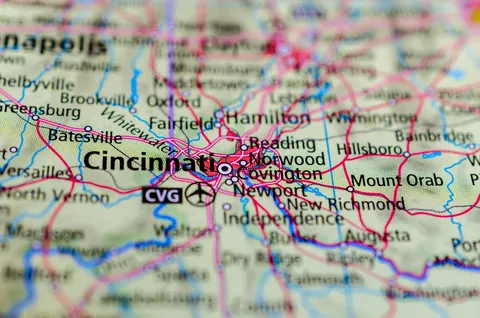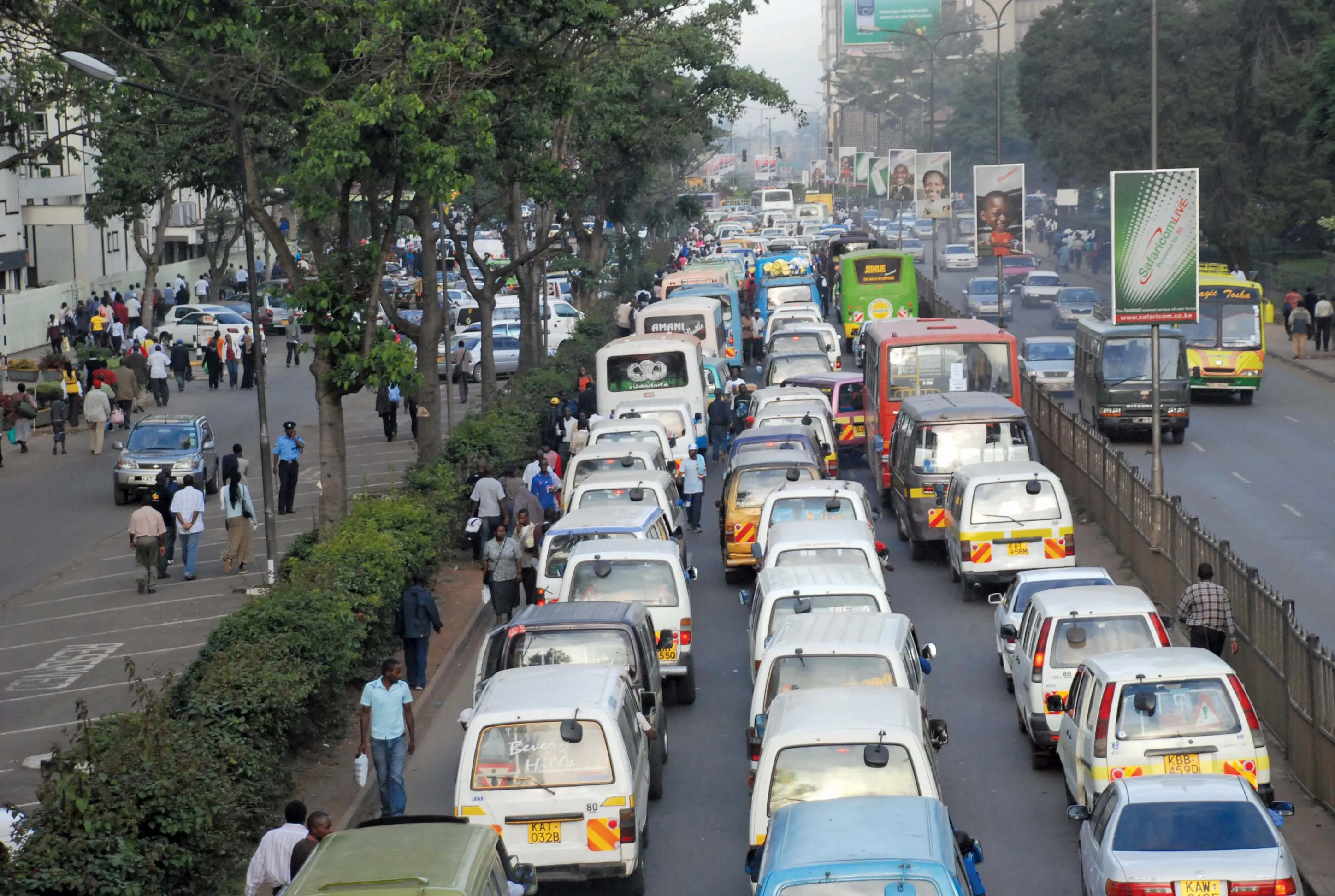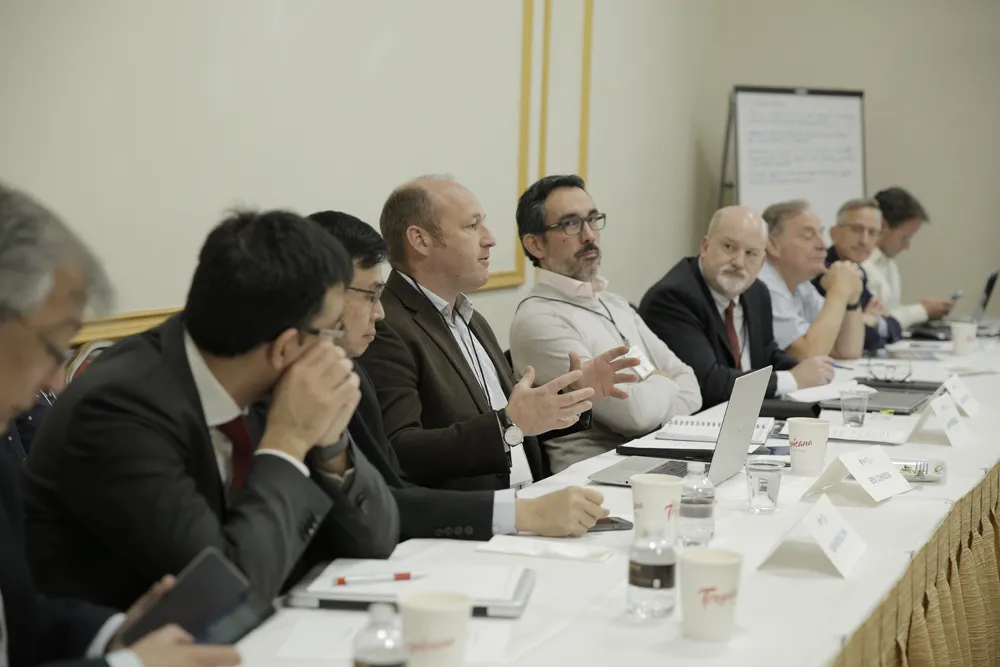Work is now commencing on the US Route 301 project, which will cost US$635 million and is intended to reduce congestion and benefit commerce in the Northeastern United States. “When completed, the project will link to I-95 and support the economy of not only Delaware but also one of the nation’s largest regions,” said US Transportation Secretary Anthony Foxx. “It will increase access to economic opportunity by making it easier for people to commute to jobs in the fastest growing region of the state.”
February 23, 2016
Read time: 2 mins
Work is now commencing on the US Route 301 project, which will cost US$635 million and is intended to reduce congestion and benefit commerce in the Northeastern United States. “When completed, the project will link to I-95 and support the economy of not only Delaware but also one of the nation’s largest regions,” said US Transportation Secretary Anthony Foxx. “It will increase access to economic opportunity by making it easier for people to commute to jobs in the fastest growing region of the state.”
The new 21km, four-lane tolled highway will link to the existing US 301 in Maryland, serving as an alternative route to I-95 into Northern Virginia from south of Wilmington, Delaware.
When completed in 2020, the route is expected to serve about 14,200 vehicles/day, with traffic rising to 15,900 vehicles/day in the following years. The existing US Route 301 will be converted into a local roadway, with improvements to accommodate the increased traffic resulting from the projected development.
The project relies on a $211 million Transportation Infrastructure Finance and Innovation Act (TIFIA) loan, a $125 million Grant Anticipation Revenue Vehicles (GARVEE) bond and more than $53 million in other federal-aid funding.
The new 21km, four-lane tolled highway will link to the existing US 301 in Maryland, serving as an alternative route to I-95 into Northern Virginia from south of Wilmington, Delaware.
When completed in 2020, the route is expected to serve about 14,200 vehicles/day, with traffic rising to 15,900 vehicles/day in the following years. The existing US Route 301 will be converted into a local roadway, with improvements to accommodate the increased traffic resulting from the projected development.
The project relies on a $211 million Transportation Infrastructure Finance and Innovation Act (TIFIA) loan, a $125 million Grant Anticipation Revenue Vehicles (GARVEE) bond and more than $53 million in other federal-aid funding.









